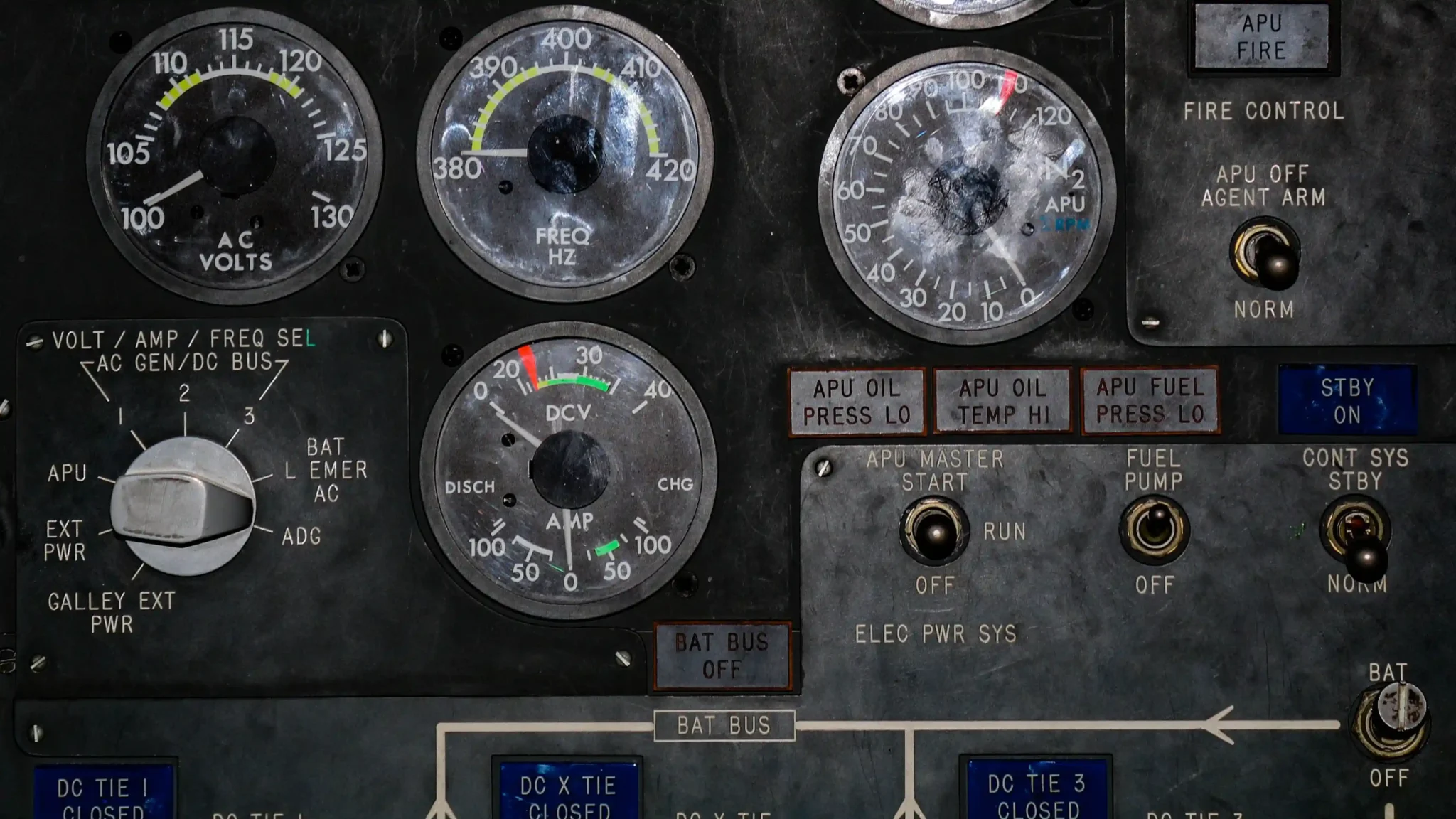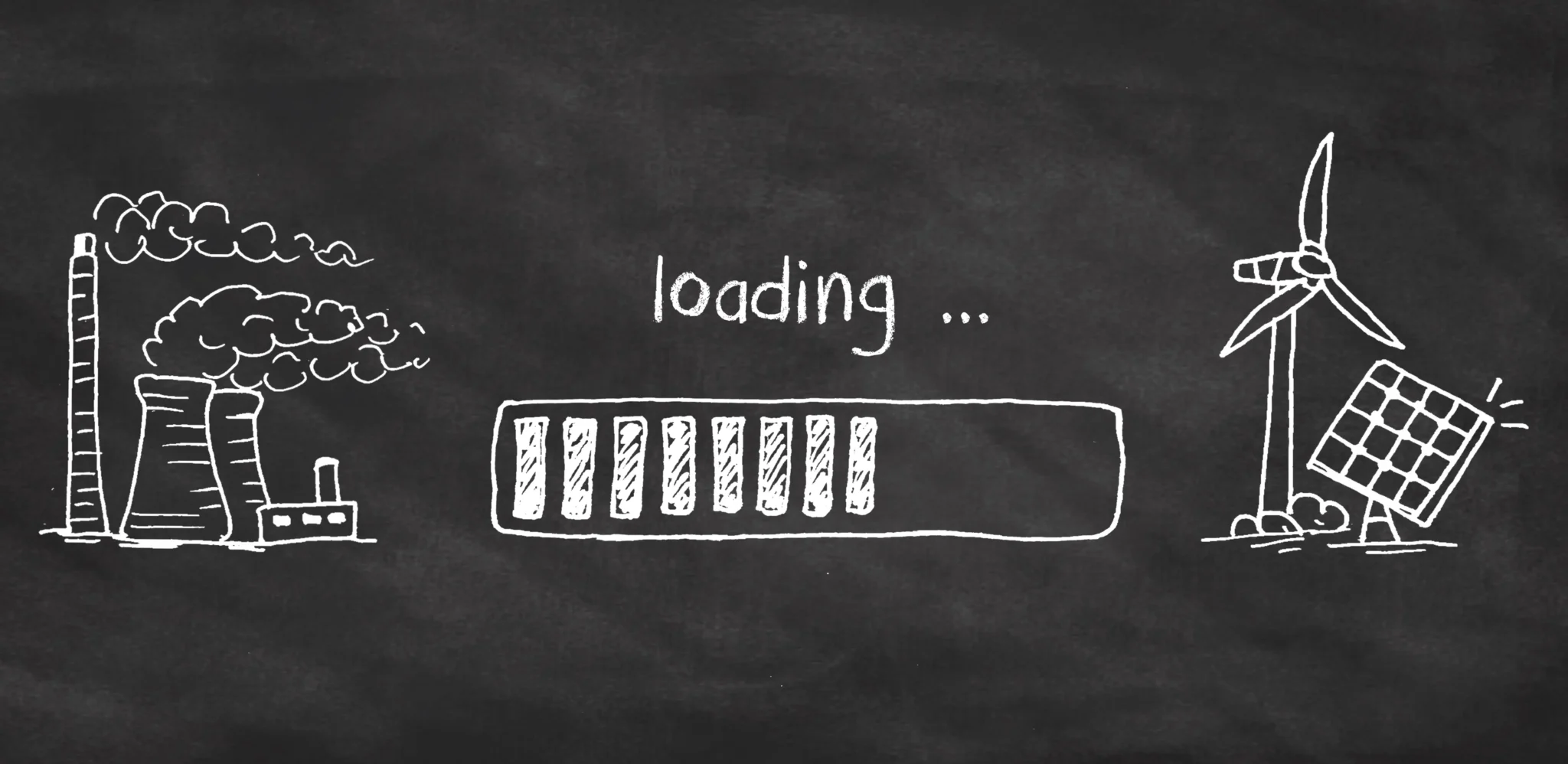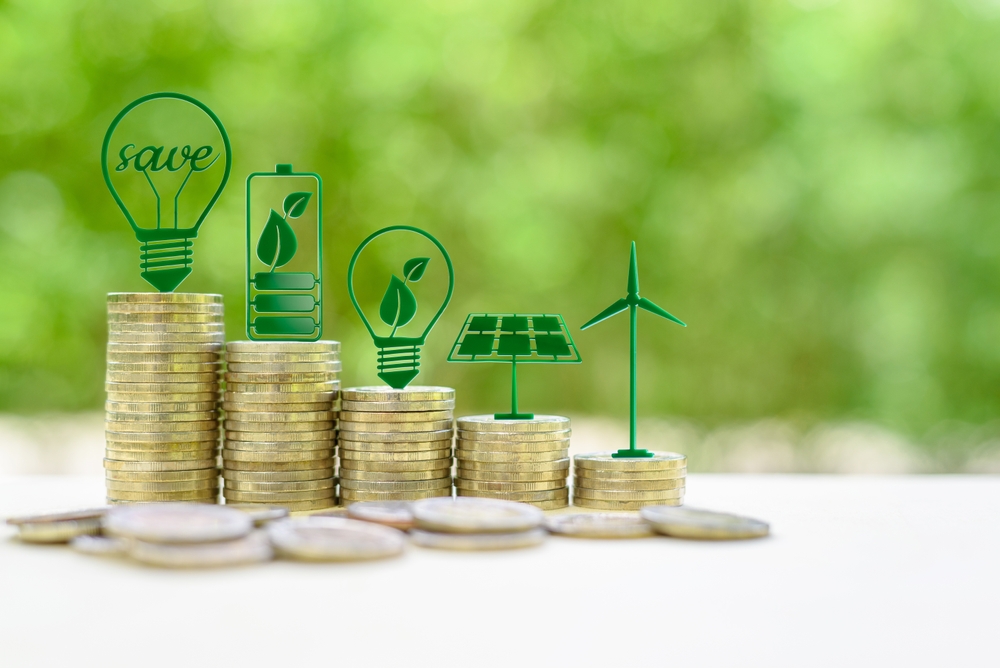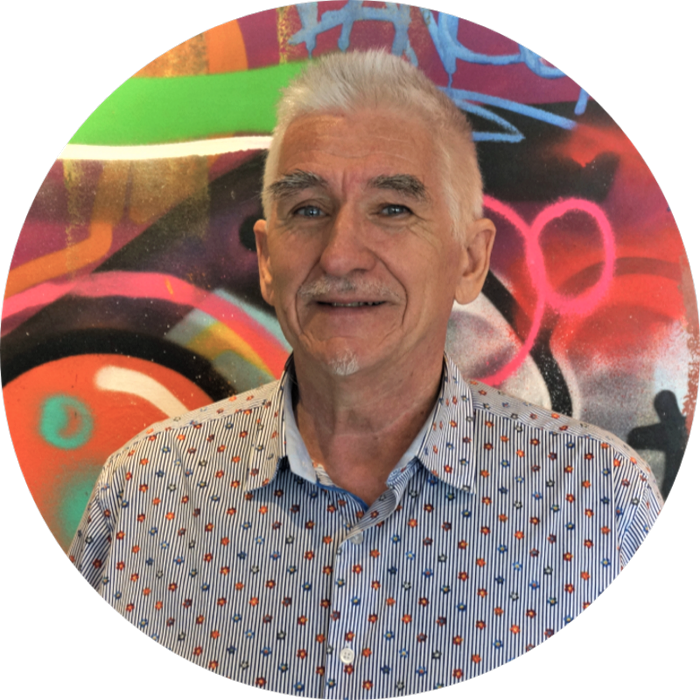In the urgent search for solutions to global warming, the concept of additionality is emerging as an innovative tool for assessing the real impact of environmental projects. But what exactly is additionality? This complex concept is often shrouded in various interpretations and definitions. In this article, we take an in-depth look at the concept of additionality, focusing in particular on its application to carbon credits.
Understanding additionality: introduction and definitions
What is additionality?
It’s important to point out that there is not one, but several definitions of additionality.
Indeed, its common meaning, the French Language dictionary defines additionality as a “net positive consequence of an intervention; influence of an intervention on the course of a process.”
Moreover, in an impact financing context, additionality refers to “a positive impact or outcome that would not have occurred without additional resources or investment”, according to the AllNews media.
In other words, it establishes a causal link between two variables, with positive impact.
Additionality in the world of carbon credits
Among voluntary carbon markets, there are various definitions of additionality. One of the most commonly cited is the definition of the ICVCM (the Integrity Council for the Voluntary Carbon Market) and its ‘Core Carbon Principles‘: “Greenhouse gas (GHG) emission reductions or removals resulting from mitigation activity must be additional, i.e. they would not have occurred in the absence of the incentive created by carbon credit revenues.”
Inside the carbon credit world, the additionality test is important, as it provides a concept for establishing causality between revenues from the sale of carbon credits and the project that generates them.
What's the point of carbon additionality?
The aim is to demonstrate that the purchase of carbon credits from a carbon project actually creates positive impacts for the project and the project developer. Notably, by contributing financially to the reduction or sequestration of tonnes of GHGs.
How do you measure the additionality of a carbon project?

The ways of demonstrating additionality are numerous and vary according to GHG programs and projects. There are several reasons for this. Programs may or may not develop their own standardized method, different project types and the applicability of criteria, geographical territories and their regulatory and local specificities.
Some programs, such as Verra’s Verified Carbon Standard (VCS), have developed standardized methods, but these do not apply to all project types. Consequently, the alternative of determining additionality on a project-by-project basis remains open, which explains the diversity of approaches.
Will Solutions Sustainable Communities (WILL) are projects registered with the VCS program. This program provides for three methods of demonstrating additionality: an “activity” method, a “performance” method and a “project” method.
In our new amended Sustainable Communities methodology, we use both the activity method and the project method to measure project additionality. We have also chosen to demonstrate that the Sustainable Community is a first in its territory (additionality of the grouped project, which is an innovation in itself). Subsequently, we use specific approach for the additionality of the micro-projects that develop within it. Consequently, we need to aim towards additionality rather than ticking boxes on an evaluation grid that is fixed in time and space, because it is not.
Limits and challenges of additionality
Demonstrating additionality can be difficult. Explicitly, no single test is suitable for all circumstances, as projects may differ in nature (e.g. tree planting, waste reduction, energy efficiency, renewable energies, etc.) as well as in specific characteristics (northern or southern hemisphere projects, bundled or single projects, ex-post or ex-ante projects, etc.). Finally, as we have seen above, it is a methodological concept that involves a certain degree of flexibility, and there is no consensus.
Meeting additionality criteria with Will Sustainable Solutions Communities
Project methodology and additionality testing
WILL attaches great importance to additionality in its Sustainable Communities group discount projects. Here are the Sustainable Communities projects managed by WILL:

- Project methodology: VM0018
- Project IDs: VCS-929 (Quebec Sustainable Community) and VCS 3004 (Ontario Sustainable Community)
- Project boundaries: Quebec and Ontario, Canada
- Type of eligible microprojects/PAI: Energy demand (sector scope 3) and waste management (sector scope 13)
- Period of validity: until 2029 (renewal planned)
WILL’s verified methodology, VM0018 (from which 100% of its carbon credits are derived) validates upstream the additionality of carbon projects. Added to this, each year, the Monitoring Report is also validated downstream to double-check this criterion among others and confirm that each Sustainable Community microproject corresponds to Verra’s current and up-to-date requirements in terms of additionality.
As previously mentioned, WILL supports the hybrid approach applied by reputable registrars such as American Carbon Registry and Verra, which combines three key tests to determine project additionality. The three (3) tests are as follows:
- Regulatory surplus: assess whether a project does not duplicate existing, similar public initiatives;
- Common practices: check that the project goes beyond common practices (current status quo in a given territory).
- Barriers to implementation: define whether a project reduces or eliminates financial, technological or institutional barriers to climate action.
- Financial barriers
- Technological barriers
- Institutional barriers
Here’s how WILL meets the additionality criteria:
According to regulatory surplus
GHG reduction projects are developed exclusively in Canada, in two provinces: Quebec and Ontario.
In Ontario: there is no regulated carbon market forcing companies, organizations and municipalities (through regulations, constraints, cap and trade, etc.) to decarbonize their activities. WILL fills this governmental and regulatory void, accelerating the green transition of Ontario companies and organizations through financial incentives (bonuses).

In Quebec: Quebec has a regulated market called SPEDE (Système de plafonnement et d’échanges de droits d’émission), which is a “Cap and Trade” system involving only Quebec’s largest GHG emitters and fossil fuel distributors (between 100 and 150 organizations in May 2024). WILL is aimed exclusively at all other economic players (i.e. the vast majority) in the province, to serve as a complementary incentive to the SPEDE and enable the multi-sectoral green transition of SMEs, NPOs and municipalities, small and medium-sized GHG emitters (below 25,000 tonnes of annual GHG).
According to common practice

The Standardized Approach
The standardized approach is one of the major approaches to determining additionality. WILL ensures that credits go beyond standard practice by using this standardized approach as described by the GHG Institute: “A standardized approach assesses projects against a set of predetermined eligibility criteria (for example, performance criteria that, in principle, distinguish additional projects from non-additional projects). Standardized approaches require prior analysis to establish these eligibility criteria. Their main advantages are that they can reduce the administrative burdens involved in determining additionality, and that they reduce elements of subjectivity in project assessment.”
Thus, activities are considered non-routine if they are implemented by a sample of between 0% and 40% of buildings using similar technologies, behavioral changes or practices in the given territory. To find out more details on our analysis of common practices, see the appendix to the 2020-2029 project description, pages 14 to 57.
Application Case: Common Practices and the Sustainable Community
For a North American project such as the Sustainable Community, we believe it is unrealistic to consider a definition of additionality based strictly on whether the project would have been implemented solely because of the carbon revenue potential, although the anticipation of carbon revenues by our Sustainable Community members has contributed to their going green.
In the competitive North American environment, and given that the Sustainable Community strictly comprises ex-post projects, we qualify existing projects where carbon revenues will contribute positively by amortizing initial project costs, reducing ongoing maintenance and operating costs, and initiating additional abatement projects.
What’s more, most of the projects that are part of the Sustainable Community generate insufficient reductions for them to access the voluntary carbon market on their own. Thus, participation in the Sustainable Community (with no initial investment required and with costs shared between participants) gives these project developers access to carbon knowledge. It also avoids project developers having to pay for access to the voluntary carbon market, which accounts more than thousands of dollars simply to register their project.
On the ground and given existing business as usual, SME members of the Sustainable Community are definitely innovators and early adopters, as popularized by Rogers’ innovation diffusion curve.
Complementary measures
Finally, and to maintain standards that exceed current practice, we :
- Use a systematic approach to examine current practices.
- Adopt a conservative methodology to estimate eligible buildings, incorporating data from Statistics Canada and the Quebec Ministry of Municipal Affairs, resulting in a projected 640,000 eligible non-residential buildings.
- Let’s look at specific cases: our analysis of various generic projects shows that Sustainable Community eligible projects are not widespread in Quebec. For example, assessments of biomass energy, methane emission reduction and heat recovery projects highlight their limited uptake in our region.
- Backing up our conclusions with solid data from authoritative sources, including government reports, independent research and specialized databases, increases the credibility of our results.
In conclusion, all of WILL’s GHG projects go beyond standard practice or ‘Business As Usual’. For example, one of our members, Prorec, a sorting center, will be innovating and investing in a unique and disruptive machine (estimated development cost C$1 million) that will be used to process packaged products, facilitating the recovery of food waste and the recycling of currently non-recyclable packaging.
According to barriers to implementation
Financial barriers

Financial barriers
We enable project owners to amortize their investment costs, maintain and sustain their projects over time, and enhance the value of their climate efforts. Here are just a few examples of how carbon revenues encourage Sustainable Community members to reduce their greenhouse gas emissions:
Case 1: SistekData/RCT Recycling
Generic PAI IV – Energy Savings through Recycling Activities.
Sistek Data recovers and recycles the plastic and metals contained in toner cartridges that would otherwise be sent to landfill or incinerated. For the territory concerned, Sistek Data is the only company to offer this type of recycling technology. With the proceeds from carbon credits, this member plans to purchase the machine needed to sort/recycle the plastics and metals contained in toner cartridges. Without this new and improved machine, recycling activities will not be able to develop from the current manual process used to demonstrate proof of concept and process the huge quantities of used cartridges produced each year.
Case 2: Prorec
Generic PAI II – Reduction of Methane Emissions
Prorec recovers and valorizes food production waste that would otherwise end up in landfill or be composted by private collectors. This member plans to use the income from carbon credits to develop the new processes needed to treat certain types of waste still sent to landfill, and as a financial incentive to persuade more companies to provide food waste for recovery and reuse.
Case 3: Produits Forestiers Petit Paris
PFPP is an SME in the forestry industry. Additional carbon revenues would fund a project to eliminate GHG emissions from the bark residue encapsulation area. This initiative would reduce emissions by 100,000 tonnes of GHGs. The Coopérative Forestière de Petit Paris, with its experience since 1968, aims to be a model of innovative, efficient and safe cooperative management, based on valuing its members and sustainable, integrated forestry.
Case 4: Boisaco/Granulco Group
The Boisaco/Granulco Group is a cooperative citizens’ organization specializing in wood development. Revenues generated since 2014 have largely contributed to financing new projects to reduce greenhouse gas (GHG) emissions, in line with its mission, which is focused on Sustainable Development. One current project aims to increase production capacity at Granulco, a partner company integrated into the Boisaco Group.
This expansion includes the installation of equipment to reduce GHG emissions. In addition, a significant proportion of current and future production is destined to be used as fuel to replace coal in power generation in other countries, thus contributing to the global fight against climate change. Additional carbon revenues would facilitate the realization of current and future projects, many of which would also generate GHG reductions, such as the replacement of butane and/or propane use by biomass systems.
Finally, we recognize the economic value of the carbon reduction achieved by previous projects. The fundamental aim is to give value to the voluntary and innovative reduction actions that have taken place, to bridge the gap between economic profitability and environmental and social issues, and to popularize climate initiatives and corporate commitment. This supports companies that take environmental externalities into account in their business decisions. In this way, we are creating a participatory economy that favours sustainability leaders and a source of income aligned with the goals of combating global climate change, for the benefit of all.
Technological barriers

So, by sharing our know-how and sought-after expertise on carbon markets, we are leveraging our skills to break down the technological barrier to accessing voluntary carbon markets. We act as a project facilitator (climate hub), offering a new, simplified, realistic and profitable outsourced access to the voluntary carbon market for Quebec and Ontario SMEs. This contributes to the economic and environmental benefits perceived by our member project developers.
In addition, a conservative study was carried out to assess the costs of accessing the voluntary carbon market for a VCS 929 project member wishing to access it on an individual basis. This study, based on hard data and conservative estimates, revealed that the initial cost for the first year of access to the voluntary carbon market could be as high as CAD 120,000 (expenses related to researching and writing the project description, third-party validation and final acceptance and enrolment in one of VCM’s programs).
Institutional barriers

Institutional barriers include any organizational, cultural, social and financial barriers other than the investment barrier that carbon revenues can help overcome.
Logistics, lack of expertise and resistance to change can be major barriers (see Mousseau and Pedroli, 2022). The Sustainable Community is a service that bypasses all these obstacles by offering a sought-after, outsourced, turnkey and accessible service. The project thus cancels out the organizational headache that SMEs would have to face if they wanted to access the voluntary market and pilot their decarbonization plan alone.
What’s more, WILL is a catalyst for change and disruptive organizational decisions. By measuring annual carbon emissions, suggesting priority GHG reduction projects and estimating GHG reduction potential, the company provides project developers and users of new technologies with a clear roadmap of existing decarbonization opportunities.
WILL also reduces aversion to up-front costs and offers a guaranteed payback. The incentive of carbon revenues attracts attention and is an additional motivation, especially as there is no initial investment to make to join the Sustainable Community.
Finally, WILL popularizes and promotes the often overlooked direct and indirect benefits associated with a sustainable excellence approach, such as membership of the Sustainable Community project (brand image, employer brand, reduced energy costs, energy independence, investor relations, customer satisfaction…).
Conclusion: Between Potential and Complexity
In short, additionality emerges as a crucial criterion in the assessment of environmental projects, although its use and evaluation can be complex and subject to challenges and a certain level of adaptability. As the challenges of climate change continue to grow, it is imperative that initiatives to reduce greenhouse gas emissions are genuinely additional, i.e. that they generate tangible benefits that would not otherwise have occurred.

All things considered, additionality is not a universal specification applicable to all types of project and all situations. So, instead of a checklist, we’d like to think of it as a compass. Instead of a binary yes/no approach, it’s better to aim for additionality and best practice, without striving for subjective perfection. Desacralizing additionality thus makes it possible to target a performance balance between the volume and quality of carbon projects, in order to remain realistic about global emissions reduction targets.
What’s more, additionality and the criteria for complying with it are constantly evolving. It is for this reason that WILL, in its vision of continuous improvement, is updating its VM0018:2024 project methodology, which begins its validation process in May 2024.
Through rigorous methodological approaches and a willingness to go beyond current practices, companies such as WILL demonstrate their commitment to effective, sustainable environmental solutions.
By recognizing the limits of additionality while capitalizing on its benefits, we can move towards more effective and sustainable environmental solutions, paving the way for a more resilient future for our planet.
Authors and editors of the article

Raphaël Pittavino-Varitto
Digital Marketing and Communications Manager
Writer and Editor

Anne Ménard
GHG Auditor
Editor

Martin Clermont
President and Founder
Editor

